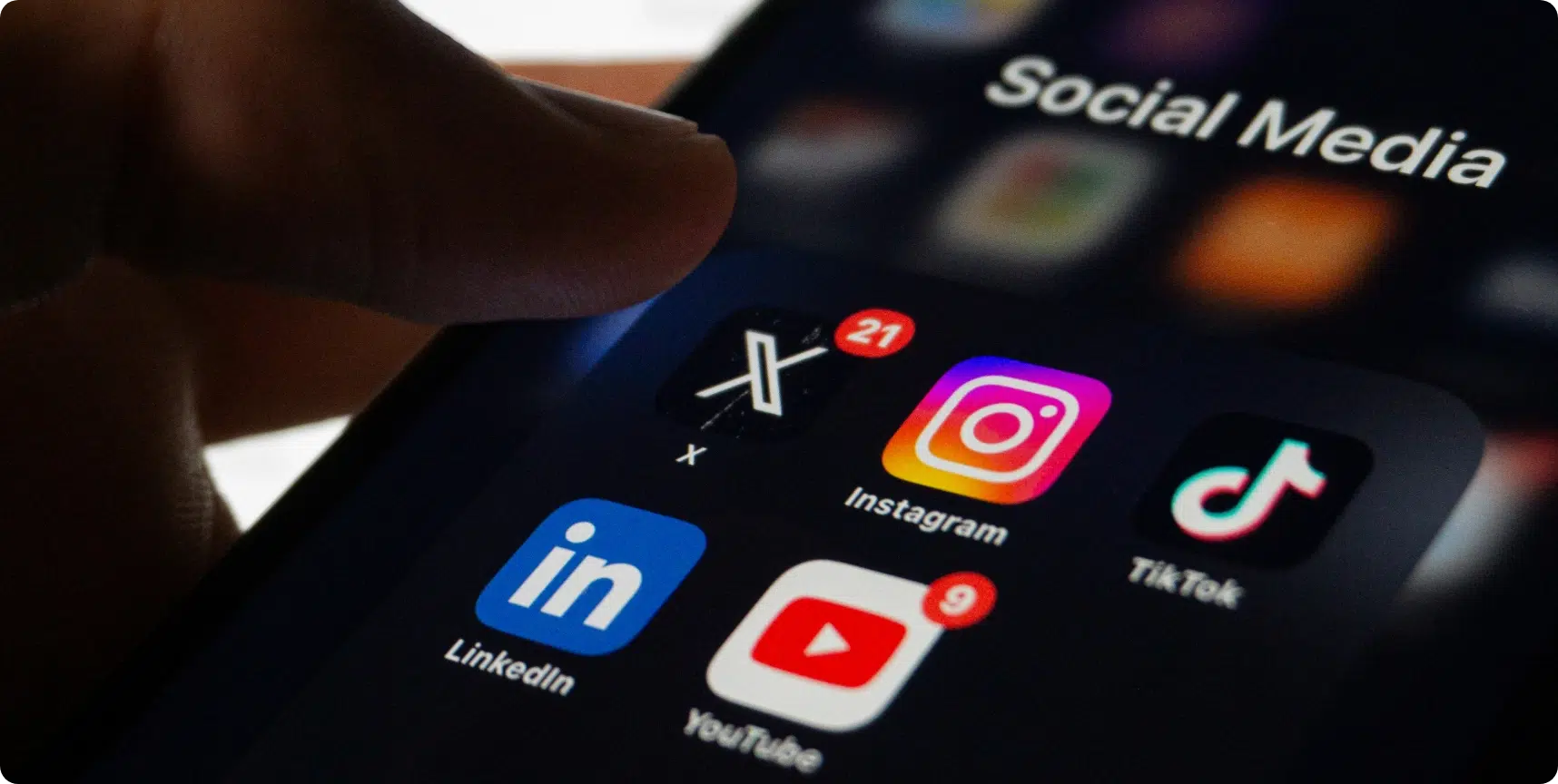This term refers to the proactive behavior of professionals who, while still employed, begin exploring alternative job opportunities to create a “safety cushion” for their career.
While some may view this trend as a sign of disengagement or reduced commitment, it is, in fact, a strategic response to an unpredictable labor market—where flexibility is a key asset. For companies, this trend offers a valuable opportunity to listen more closely to employee needs and respond with targeted action.
From Threat to Strategic Lever: A Data-Driven Approach to Career Cushioning
Rather than seeing Career Cushioning as a threat, HR departments can embrace it as an early indicator of employee ambitions, needs, and potential dissatisfaction. With advanced tools like People Analytics and HR Intelligence, organizations can turn employee data and behavior into actionable insights and informed decisions.
One of the most effective ways to prevent talent attrition is by understanding how employee skills and aspirations are evolving. Skill mapping platforms make it possible to analyze both current and potential competencies, revealing gaps between employees’ roles and their personal career goals.
For example, if a software developer begins expressing interest in artificial intelligence, the company can offer tailored training opportunities before that employee seeks growth elsewhere.
Predictive technologies also enable HR teams to cross-analyze various data points—such as participation in surveys, internal communications, and engagement levels on digital platforms—to detect early signs of reduced motivation or commitment. This isn’t about “monitoring” employees, but rather about gaining a deeper understanding of their goals and needs to intervene proactively.
Practical insight: A noticeable drop in activity on collaboration tools or low response rates to employee engagement surveys may signal an intention to make a career change.
With integrated dashboards and predictive analytics models, organizations can identify the factors that most influence employee satisfaction and engagement. Issues like lack of feedback, stagnating roles, or perceived unfairness often lie at the root of Career Cushioning behavior.





